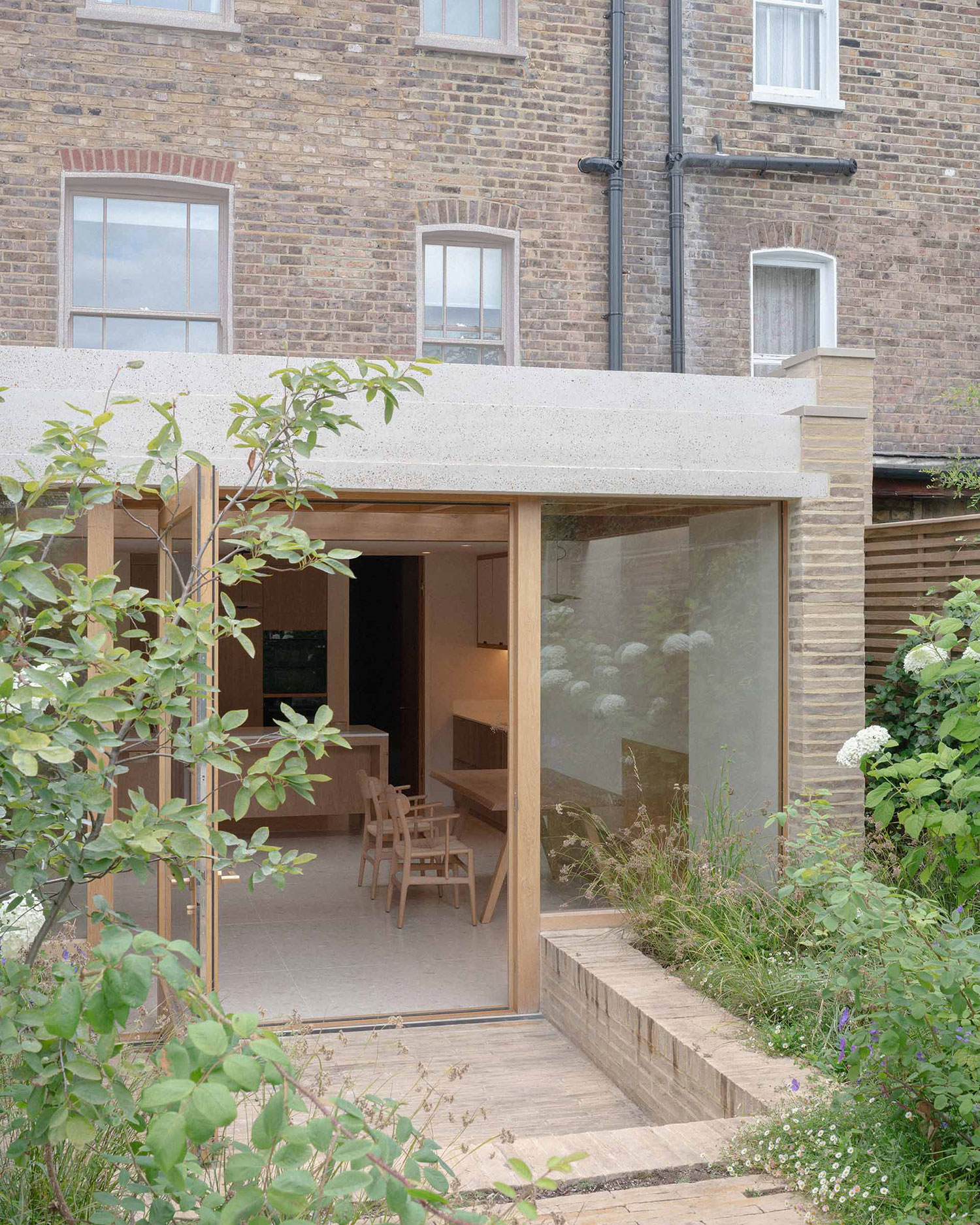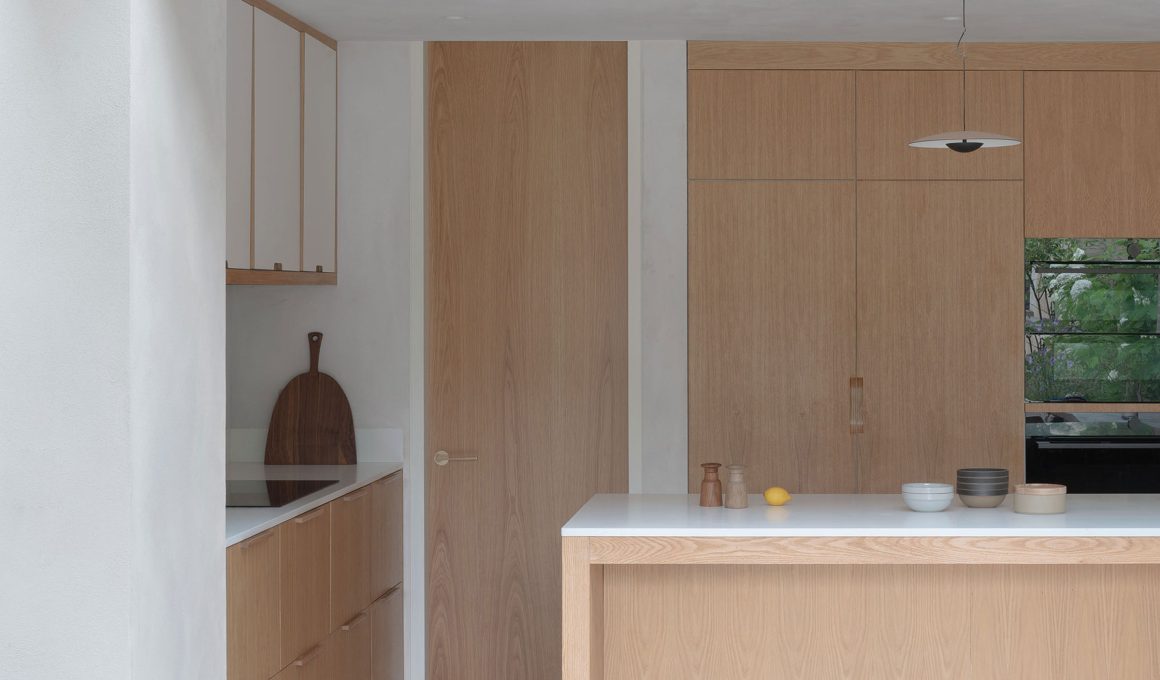Your home is more than just a place to live; it’s an investment, a center of daily life, and a reflection of your personal style. Over time, however, even the most beloved homes can begin to show their age or no longer perfectly suit your evolving needs. Whether you dream of a modern kitchen, a luxurious bathroom retreat, a spacious addition for a growing family, or simply want to enhance your home’s curb appeal, renovations can significantly improve your living space, boost your property value, and enhance your overall quality of life.
But undertaking these projects often involves substantial financial investment. While saving up the full amount is ideal, it’s not always feasible, especially for larger or more urgent renovations. This is where a home renovation loan can be an invaluable tool, providing the necessary funds to turn your home improvement aspirations into reality.
This article will serve as a comprehensive guide, walking you through each step of the process of applying for a home renovation loan, from understanding the basics to effectively managing your loan after approval. We’ll equip you with the knowledge and insights needed to navigate the lending landscape with confidence, ensuring you’re well-prepared to secure the financing that best aligns with your needs and goals.
By understanding the intricacies of the application process, you can make informed decisions, avoid common pitfalls, and ultimately transform your house into the home you’ve always envisioned.
1. Understanding the Importance of a Home Renovation Loan
A home renovation loan is a type of financing specifically designed to fund home improvement projects. Unlike personal loans, some home renovation loans may offer benefits like lower interest rates or tax deductions (consult a tax professional for details), as they are often secured by your home’s equity. These loans can be used for various projects, from small updates like painting and landscaping to larger undertakings like kitchen remodels or additions.
2. Assessing Your Financial Situation
Before diving into the loan application process, it’s crucial to evaluate your financial health. This involves:
- Checking your credit score: A higher credit score generally qualifies you for better loan terms.
- Calculating your debt-to-income ratio (DTI): This ratio compares your monthly debt payments to your gross monthly income. Lenders use this to assess your ability to manage additional debt.
- Determining your budget: Figure out how much you can comfortably afford to borrow and repay each month.
3. Researching Lenders and Loan Options
Many financial institutions offer home renovation loans, including banks, credit unions, and online lenders. Each lender may have different loan products, interest rates, repayment terms, and eligibility requirements. Consider the following loan types:
- Secured loans (e.g., Home Equity Loans, HELOCs): These loans use your home as collateral, often resulting in lower interest rates.
- Unsecured loans (e.g., Personal Loans): These don’t require collateral but may have higher interest rates.

4. Preparing Your Loan Application
Once you’ve chosen a lender and loan type, gather the necessary documents for your application. These typically include:
- Proof of income (pay stubs, tax returns)
- Bank statements
- Identification (driver’s license, passport)
- Project plans and cost estimates
5. Submitting Your Loan Application
You can usually submit your loan application online, in person, or by mail. Ensure all information is accurate and complete to avoid delays in processing.
6. The Loan Approval Process
After submitting your application, the lender will review your financial information and assess your creditworthiness. This process may involve a credit check, appraisal of your home (for secured loans), and verification of your income and employment.
7. Using Your Home Renovation Loan Wisely
Once your loan is approved, create a detailed budget and stick to it. Track your expenses and ensure the funds are used solely for the intended renovation projects.
Conclusion
Securing a home renovation loan can be a significant step toward achieving your home improvement goals. As we’ve explored, the process involves several key stages. First, it’s crucial to understand the purpose and benefits of these loans, recognizing their potential to finance projects that enhance both your living space and property value. Next, a thorough assessment of your financial situation, including your credit score and debt-to-income ratio, is essential for determining your borrowing capacity and eligibility for favorable loan terms.
Researching various lenders and loan options, such as secured and unsecured loans, allows you to compare interest rates, repayment terms, and other crucial factors. Preparing a comprehensive loan application with accurate documentation is vital for a smooth and efficient approval process.
Once submitted, understanding the lender’s review process and being prepared for potential questions or requests for additional information can expedite the final decision. Finally, using the approved loan funds responsibly, by adhering to a detailed budget and tracking expenses, ensures that your renovation project stays on track and within budget. By carefully navigating each of these steps—from understanding the importance of the loan and assessing your finances to researching lenders, preparing your application, understanding the approval process, and finally, using the funds wisely—you can confidently secure the financing you need to transform your house into the home you’ve always envisioned.
A well-planned and executed renovation, funded by a strategically chosen loan, can not only improve your daily life but also serve as a sound financial investment for the future.






